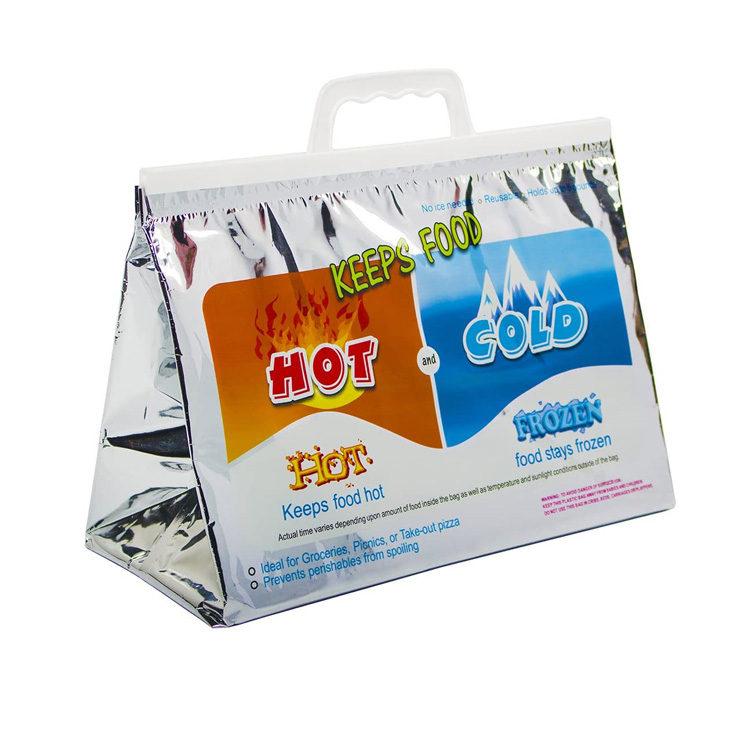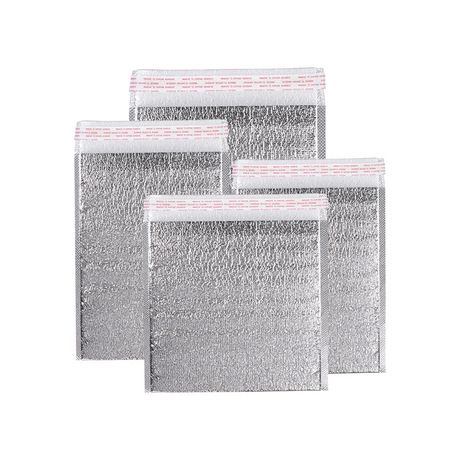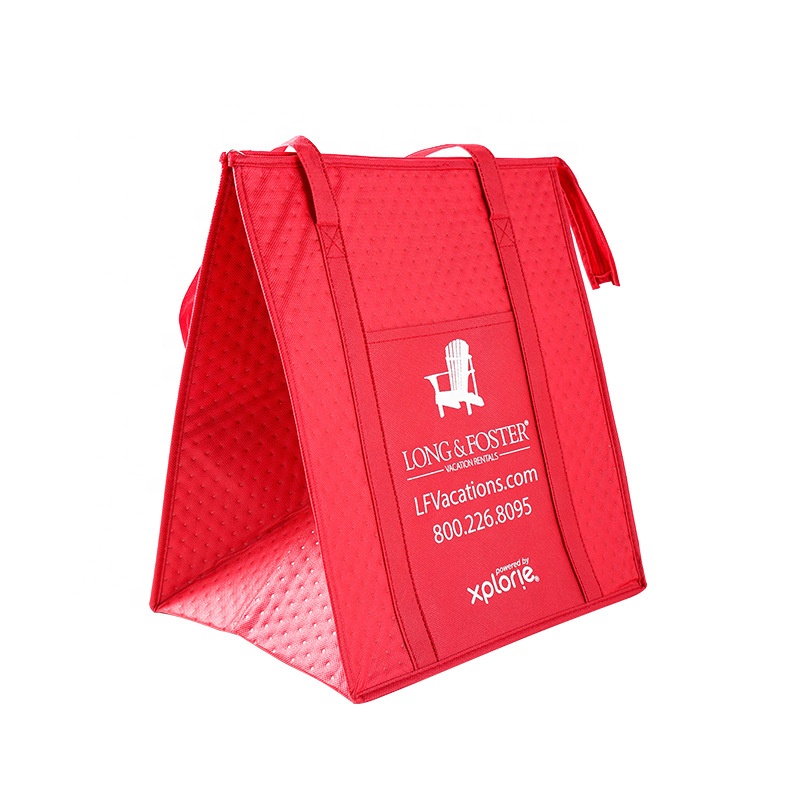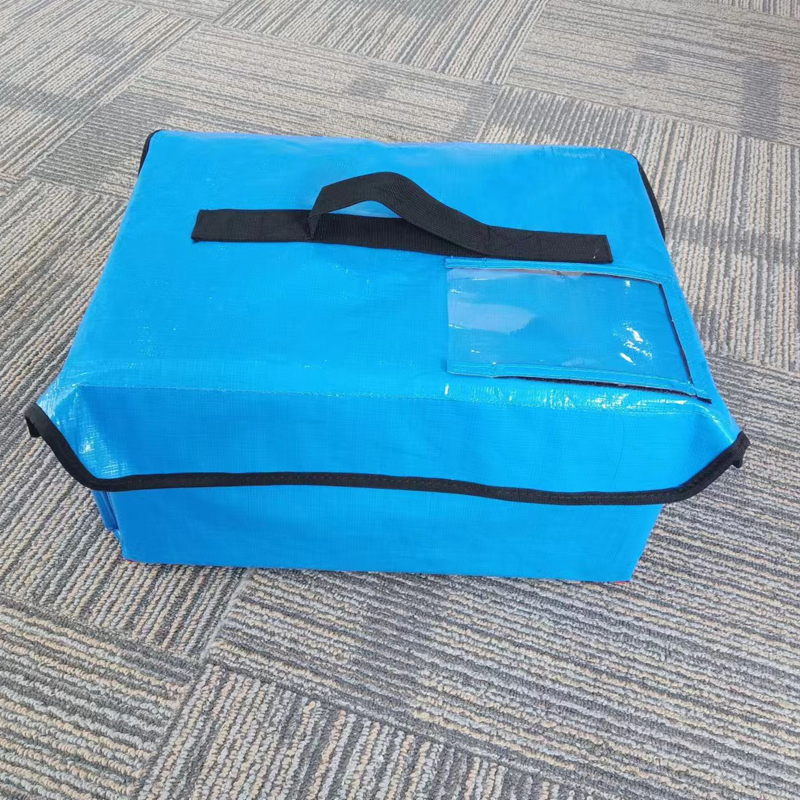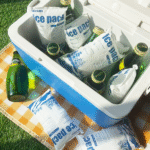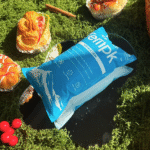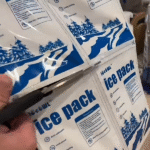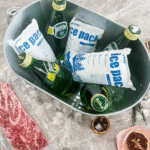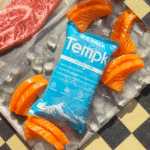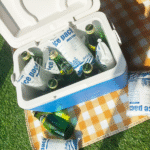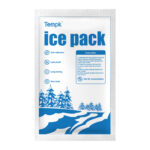Para remetentes de cadeia fria, Pacotes de gelo são essenciais para proteger os produtos farmacêuticos, comida, e suprimentos médicos. Embora o preço seja importante, compradores inteligentes sabem valor batidas custo sozinho. Veja como investir com sabedoria em 2025.
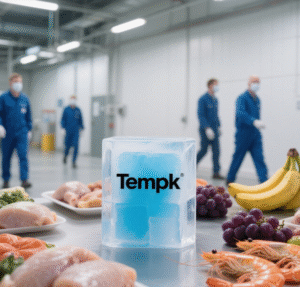
O que impulsiona Pacote de gelo Preços?
Três fatores principais definem os custos:
- Materiais: Pacotes básicos de gel custam menos antecipadamente. PCMs de alta tecnologia (Materiais de mudança de fase) custam mais, mas mantêm temperaturas precisas por mais tempo – fundamental para vacinas ou produtos biológicos.
- Durabilidade: Plásticos mais finos reduzem custos de material, mas correm o risco de vazamentos. Carcaças robustas de HDPE (como o de Tempk) custa mais inicialmente, mas sobrevive 100+ reutiliza.
- Certificações: As embalagens aprovadas pela FDA/ISTA para produtos farmacêuticos ou alimentícios custam mais, mas evitam falhas dispendiosas de conformidade.
Dica profissional: Pacotes baratos geralmente significam substituições frequentes. PCMs economizam 30%+ longo prazo, reduzindo desperdícios e extras de envio.
Estratégias de poupança inteligentes
- A reutilização é importante: Recarga de pacotes PCM 120+ ciclos (vs.. 20-30 para géis baratos). Tempk retém 95% potência de resfriamento após 120 usos - economizando custos de reposição.
- Resfriamento do tamanho certo: Sobrecarregar com gelo aumenta o peso e as taxas de combustível. Combine os pontos de ajuste do PCM (-20° C a +4 ° C.) às necessidades da sua carga.
- Evitar Falhas: Uma única variação de temperatura pode custar mais de US$ 10 mil em produtos farmacêuticos rejeitados. Pacotes certificados reduzem esse risco.
A vantagem de valor da Tempk
Tempk equilibra custo e desempenho:
- Os núcleos PCM mantêm a temperatura 2x mais longa que os géis, corte “margem de segurança” pacotes.
- Os invólucros de HDPE de qualidade alimentar suportam manuseio brusco, reduzindo as taxas de substituição.
- Formas personalizadas minimizam o espaço não utilizado em refrigeradores, reduzindo o peso do transporte.
- A produção com certificação ISO garante qualidade consistente – sem falhas surpreendentes.
A linha inferior
Priorizarcusto por remessaacima do preço de etiqueta. Investindo em durável, pacotes PCM precisos como as barras de Tempk:
- Compras de reposição
- Perdas de produto
- Taxas de combustível/peso
- Penalidades de conformidade









